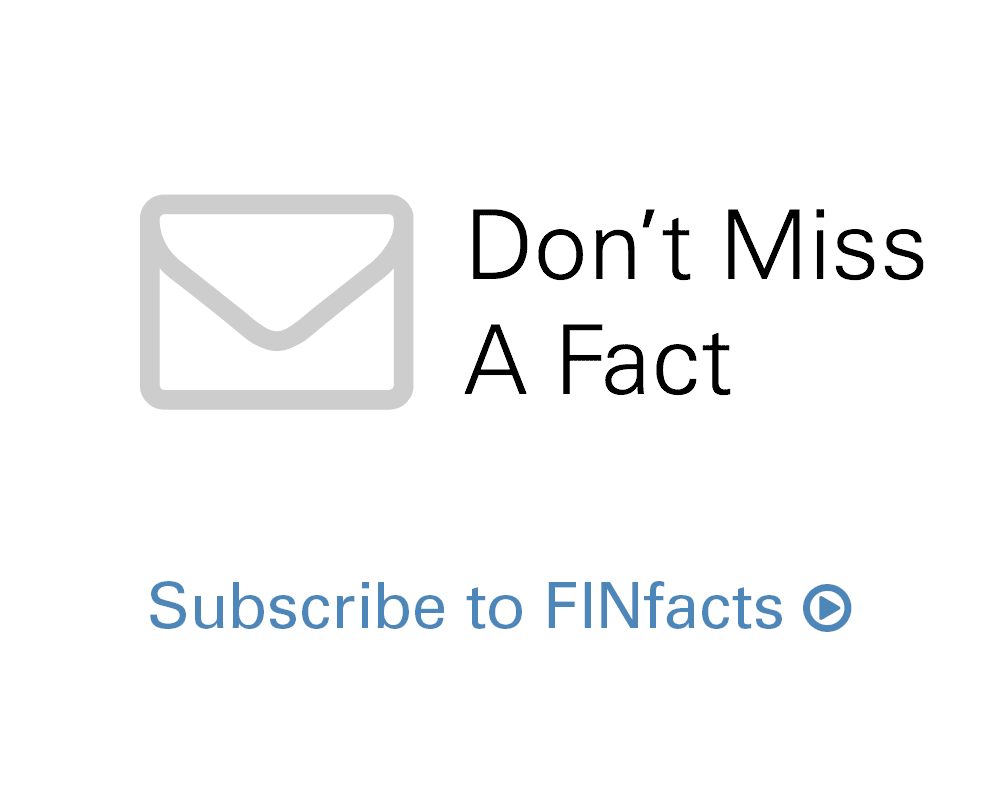In the wake of last week’s Fed announcement (tapering bond purchases) and continued “sticky” inflationary data, a future path is becoming clearer. What’s next? Fed plans on decreasing monthly bond purchases from $120 billion (now) to zero (June/July 2022). If inflation is still persistent, expect the Fed to start raising rates in Q3/Q4 2022. How much? Recent “dot plots” and comments from Fed officials suggest an eventual target rate of 1.75%. Call 1.75% the “near term neutral rate”. So that means about 6 quarter point rate increases. Note that the post Great Recession high point was 2.50% in 2018. The CME futures index shows a 50% probability of an increase by June 2022, 60% by July, 73% by September, and 60% expect two increases by December.
Fixed Rates: As the Fed buys fewer Treasuries, Mortgage Backed Securities and signals rate increases; Treasury yields are expected to rise to attract more private buyers. Less buying of MBS may impact loan spreads.
Floating Rates: LIBOR and its likely successor, SOFR, are both expected to fluctuate in nearly lock step with the Fed Funds overnight rate (the “headline” rate that leads the Fed meeting announcement). Of course, floating rate borrowers would see increases in their monthly debt service.
However, this is “the plan” and plans can change based on market conditions and/or unforeseen disruptions. As the stock market hits another record high today during the “perfect storm” of low rates and high consumer demand, it’s not hard to imagine that a “mark to market” may occur across many asset classes. As the pandemic’s impact has been unprecedented in the era of the modern global economy, the recovery is uncharted territory. Central bankers will have their hands full in navigating it. Stay tuned. By David R. Pascale, Jr. , Senior Vice President at George Smith Partners


